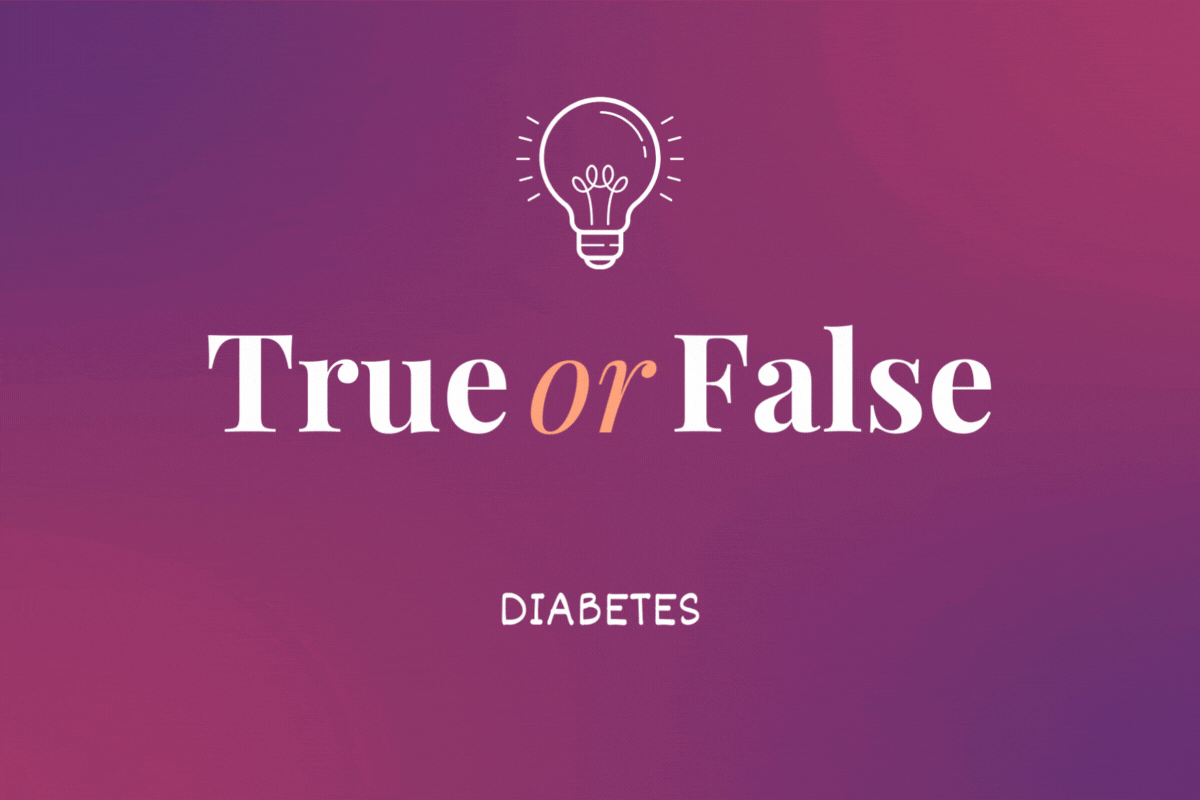
True or False? Diabetes
Take our quiz to see how much you know about diabetes types, treatments — and Tom Hanks
Nov 28, 2023
Conditions & Treatments
Take our quiz to see how much you know about diabetes types, treatments — and Tom Hanks
November is American Diabetes Month.
Diabetes is a common disease. But it may be more complex than you think. About 1 in 9 women in the U.S. have diabetes, and managing symptoms depends on numerous factors, including type and treatment plan.
Poorly managed diabetes leads to high levels of sugar in the blood. This can cause serious health problems, including kidney disease, nerve damage and even death. In fact, diabetes causes more deaths per year than breast cancer and AIDS combined.
To complicate things even more,
1 in 3 adults has prediabetes — blood sugar levels that are higher than normal — but a majority of people don’t know they have it. So how much do you know about diabetes? Take our quiz to find out.
Correct
Incorrect
Correct
Incorrect
Correct
Incorrect
Correct
Incorrect
Correct
Incorrect
Correct
Incorrect
Correct
Incorrect
Correct
Incorrect
Correct
Incorrect